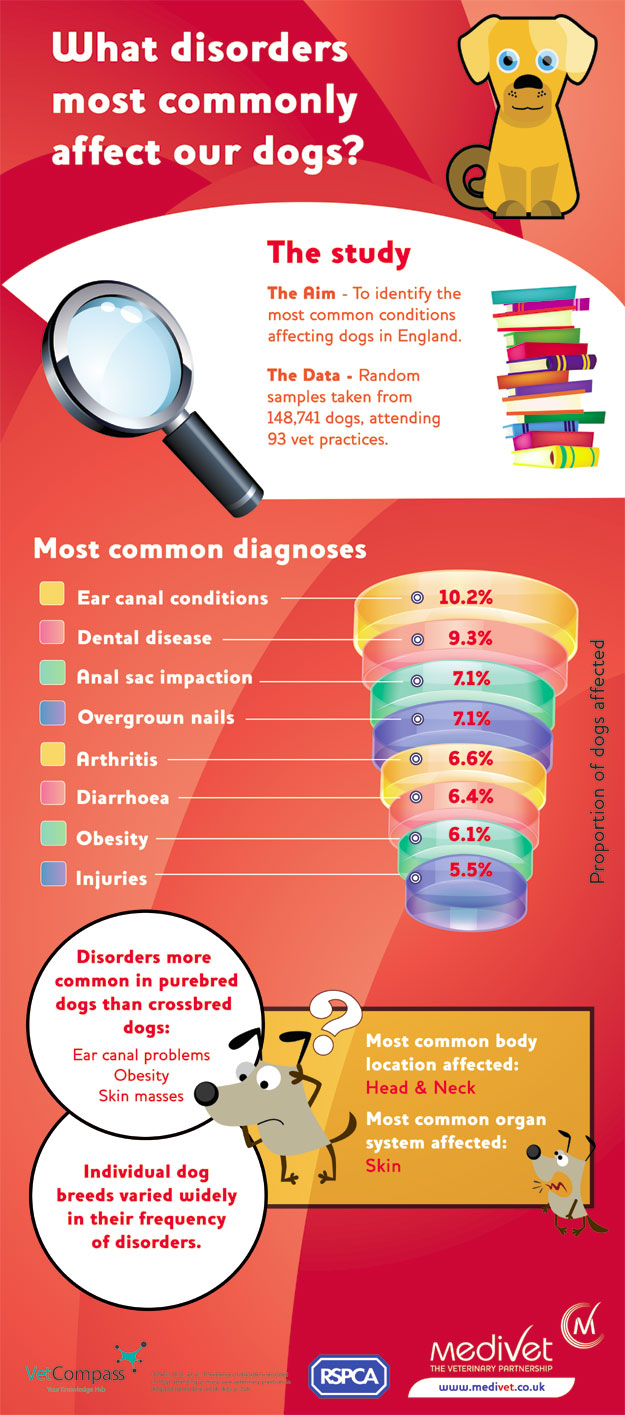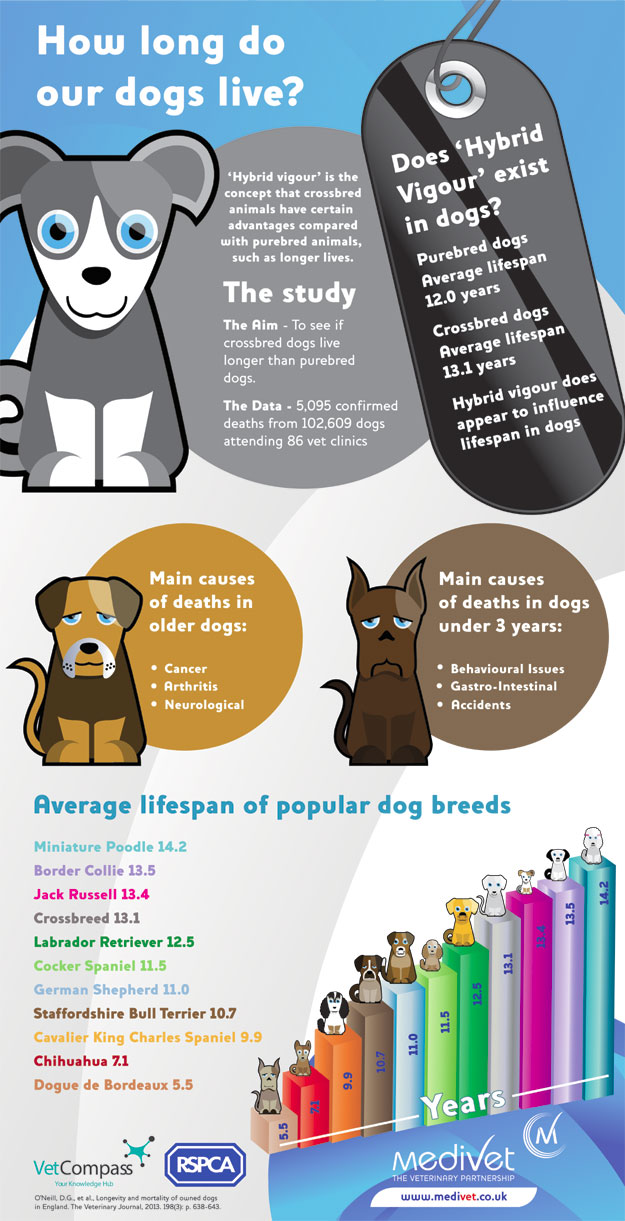VetCOMPASS Animal Surveillance is being developed to address the problem of the lack of reliable data regarding breed specific disorders of dogs and cats. The system captures primary practice data on the animals and conditions seen such that levels of specific disorders can be quantified. Such data will hopefully inform policy makers in establishing or improving disease control programs.
Following the 2008 BBC ‘Pedigree Dogs Exposed’ program, 3 major reports were conducted into pedigree dog breeding in the UK. VetCOMPASS Animal Surveillance captures appropriate data as recommended by all three welfare reports:
Bateson – ‘high priority to the creation of a computer-based system for the collection of anonymised diagnoses from veterinary surgeries in order to provide statistically significant prevalence data for each breed’.
Rooney and Sargan – ‘systematic collection of morbidity and mortality data from all registered dogs’.
APGAW – Background:’ there is a lack of information available about the scale of the problem which makes it difficult to obtain a clear picture of what percentage of dogs are affected’.
Three Important Concepts underlie the surveillance system:
- VeNom Coding
- VetCOMPASS Animal Surveillance
- PhD Online surveillance: Acquired and inherited disorders of dogs and cats, sponsored by the RSPCA
VeNom Coding
- maintained by the VeNom Coding Group Aims:
- encourage standardised veterinary clinical coding
- facilitate collaborative research
- provide resource to veterinary community
Objectives:
- maintain/update clinical standardised terminology
- provide guidance on appropriate clinical coding
- approve new terminology
Venom coding provides descriptive terms for diagnosis or presenting signs that standardises description across practices.
It facilitates the linking of risk factors and treatment with diagnosis.
Provide for hierarchical levels of diagnostic description.
It can have ordered multiple diagnoses.
Allows either a diagnosis or presenting sign.
Venom codes are embedded into PMS software.
Allows selection of confidence level for diagnosis
Process: capture of routine first opinion clinical data via electronic patient records held within veterinary clinic Practice Management Systems (PMS)
VetCOMPASS Animal Surveillance data
- only use clinical data
- does not capture owner details
- coded
- pet details included: species, breed, sex, neutered, colour, weight, chipped, insured, passported, partial postcode
- dates included: registration, birth, consult, deactivation
- treatment included: clinical notes, drugs dispensed, summary term
Aims of VetCOMPASS
- investigate the range and frequency of small animal health problems seen by general practice vets
- highlight major risk factors for these conditions
- disease surveillance
- quantify intervention effectiveness
Current progress
- piloted in a number of RxWorks practices
- now working with a number of practice groups
- ongoing recruitment of private practices
- working with other PMS systems
- about to pilot in other countries
- keen to collaborate with charities
VetCOMPASS Research Possibilities
- breakdown of breeds seen
- rank order of disorders seen
- rank order of treatment protocols
- neutering/insurance/microchip/passport levels
- geographical studies
- prevalence of disease by species/breed
- risk factors for disease
- risk factors for specific treatments
- longitudinal studies
Plans for the future
- recruit practices (individual, group, charity, emergency)
- publicise VetCOMPASS Animal Surveillance to vets and pet owners
- continue to expand on VetCOMPASS Animal Surveillance based studies
PhD Online surveillance: ‘Acquired and inherited disorders of dogs and cats’
The RSPCA has now sponsored a PhD investigation to investigate the levels of acquired and inherited disorders in dogs and cats in the UK. This will run from 2010-13 and will use data captured by VetCOMPASS Animal Surveillance to establish levels of specific disorders among the vet-visiting animal population. This will be the first large scale investigation into the prevalence of these conditions using primary practice information and should aid in disease control measures to reduce these conditions for the future.
VetCompass Infographics August 2014 

Further Information
- VetCOMPASS veterinary Electronic Animal Record Disease Surveillance in Companion Animals in the UK. 2010 [cited 2011 27/01/2011]; Available from: www.rvc.ac.uk/VetCOMPASS
- The VeNom Coding Group: www.venomcoding.org